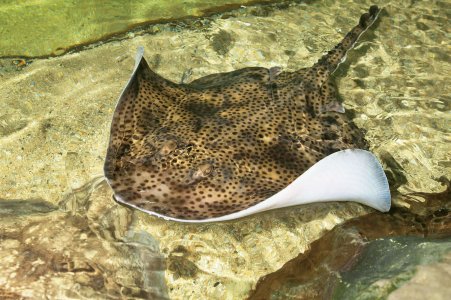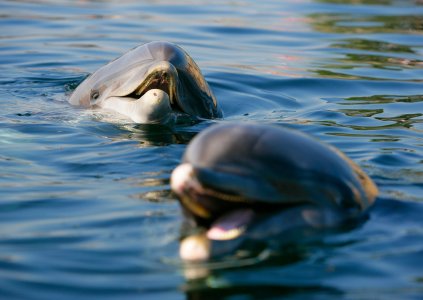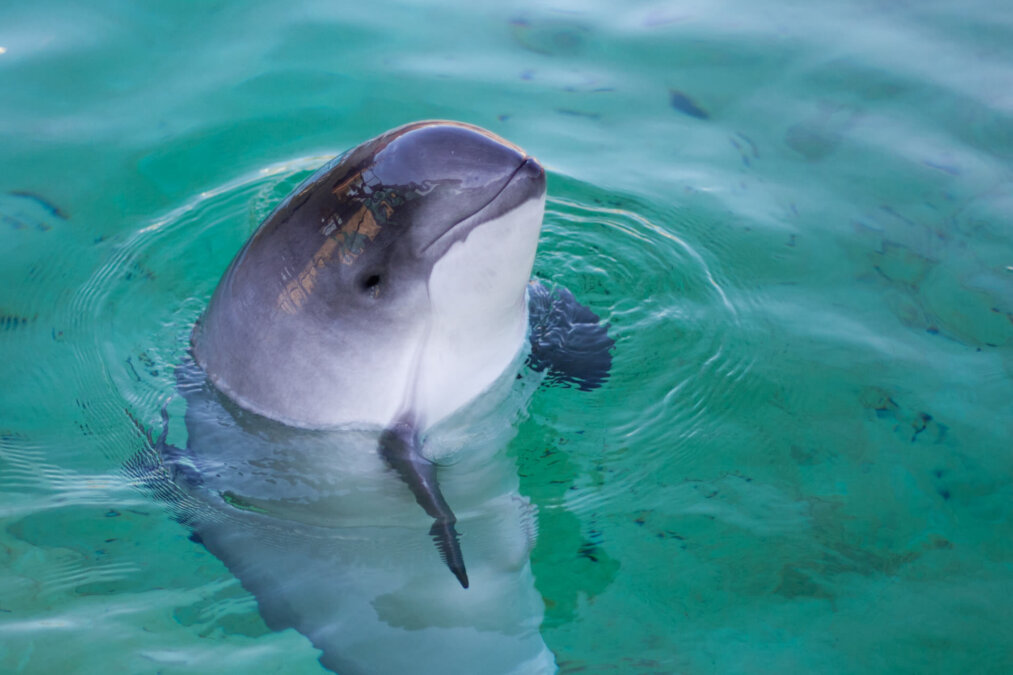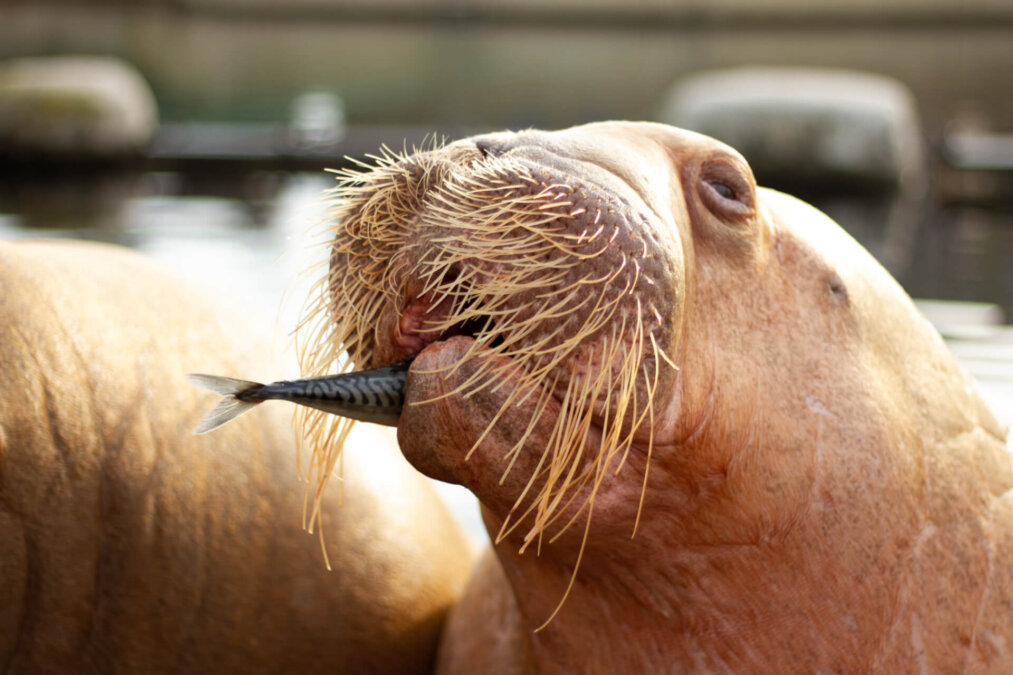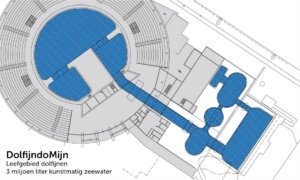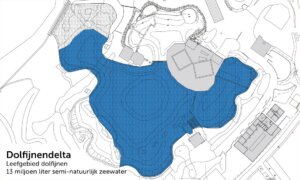The marine (mammals) animals in the Dolfinarium are trained for four main reasons:
- Physical and mental stimulation (enrichment)
- Better care of the animals (medical training)
- Education to the visitors
- Research
In the Dolfinarium the animals do not have to hunt for their food. We therefore have to fill in the time they lose in nature in a different way. It is therefore necessary to challenge the animals physically and mentally.
Every day the animals are offered a very varied program, in which all kinds of different training courses are discussed:
- Health training;
- Educational presentations to the public;
- Water training with the caretakers in the water;
- Physical training such as natural jumps;
- Training for research;
- Enrichment or play sessions.
The zookeepers look at behaviors that the animals display in nature and try to teach the same behaviors to our animals. When teaching new behaviors, we work with a training method called ‘Positive reinforcement’. If the behavior is right, a positive stimulus is brought into their environment. This can be a primary reward, such as fish, or it can be a secondary reward such as attention from the caretakers in the form of caressing, clapping, cheering, or favorite toys for the animals, or giving ice cubes. This learned species-specific behavior is also shown during the various educational performances, so that visitors learn something about the species in the wild.
The animals are also given exercises, making it easier to care for them. This is called medical training or in English ‘Husbandry’. An example of medical training is, for example, the weighing position. The animals are taught to lie on a large scale. In addition, we can, for example, voluntarily take blood to see if they are healthy. The medical training is mainly intended to be able to monitor the health of the animals without having to catch the animals in a stressful way.
The carers have one main objective: no day should be the same. It is about a program that is as varied as possible for the animals.

